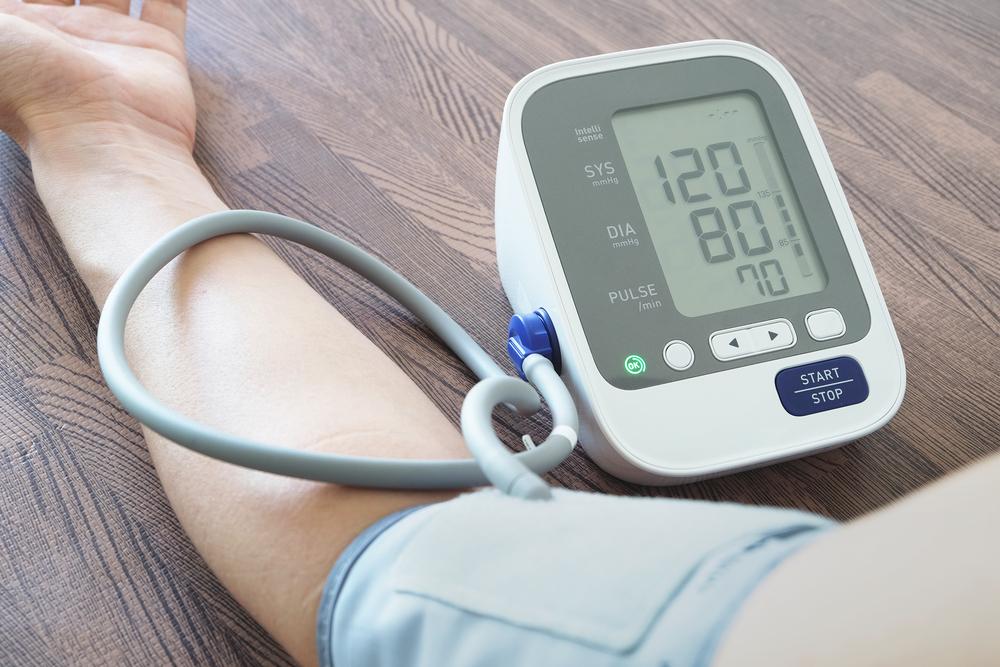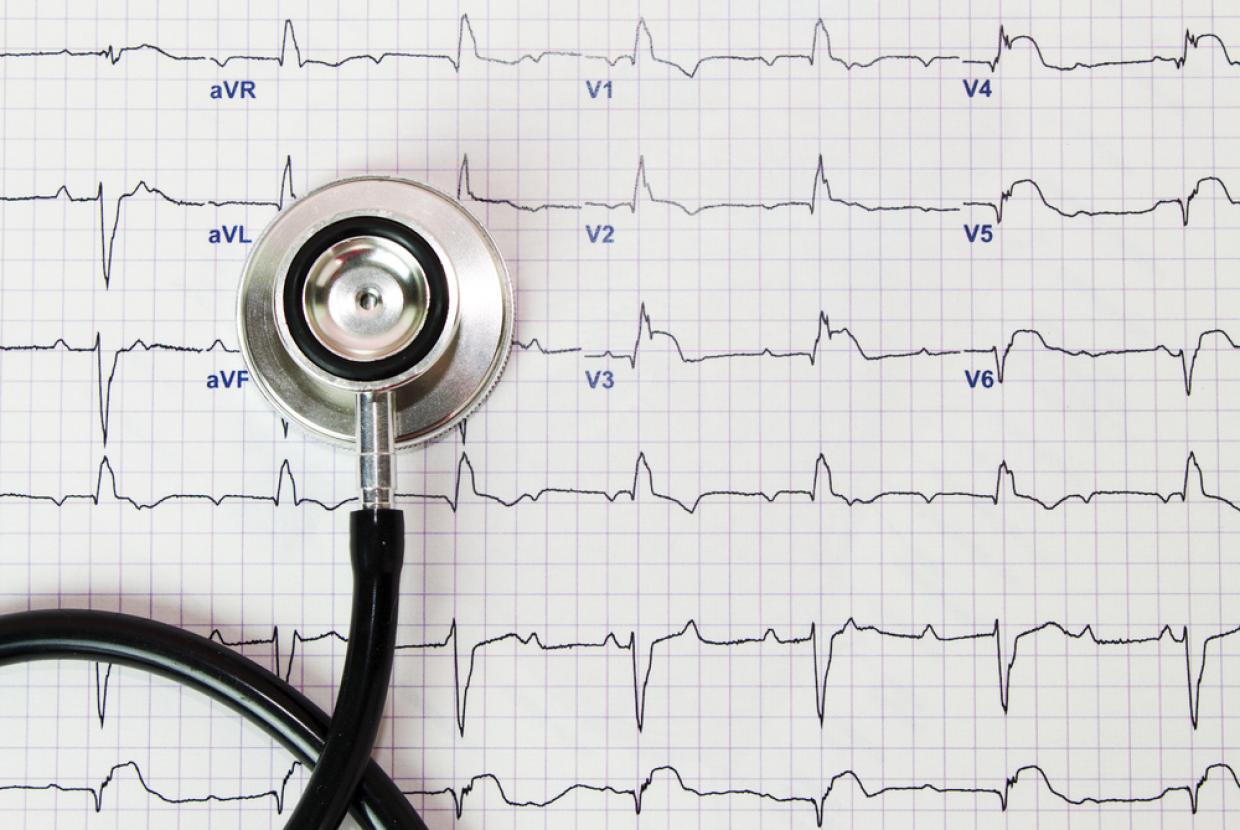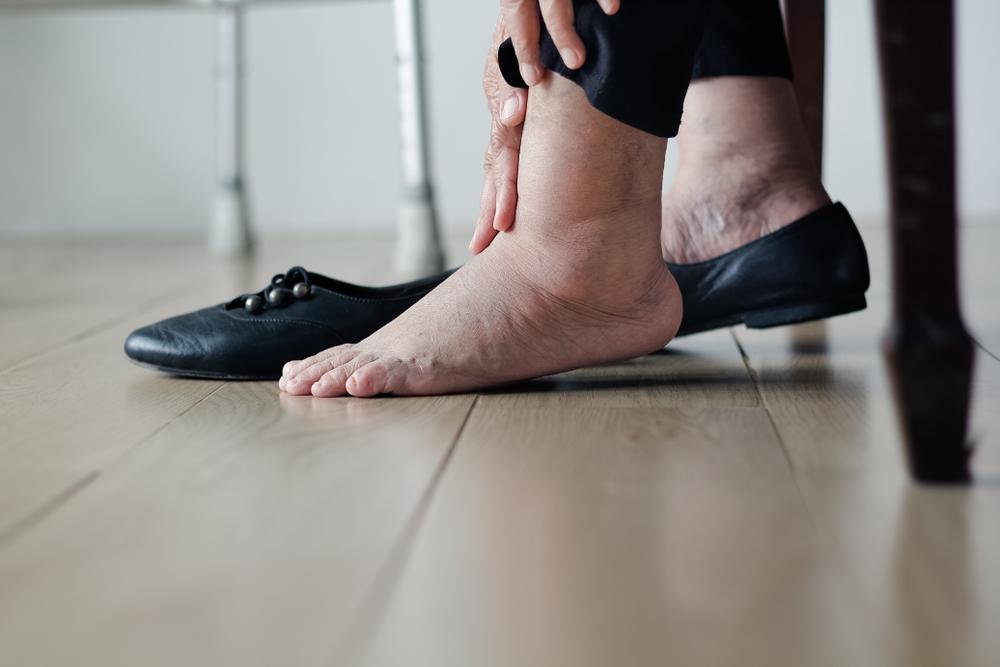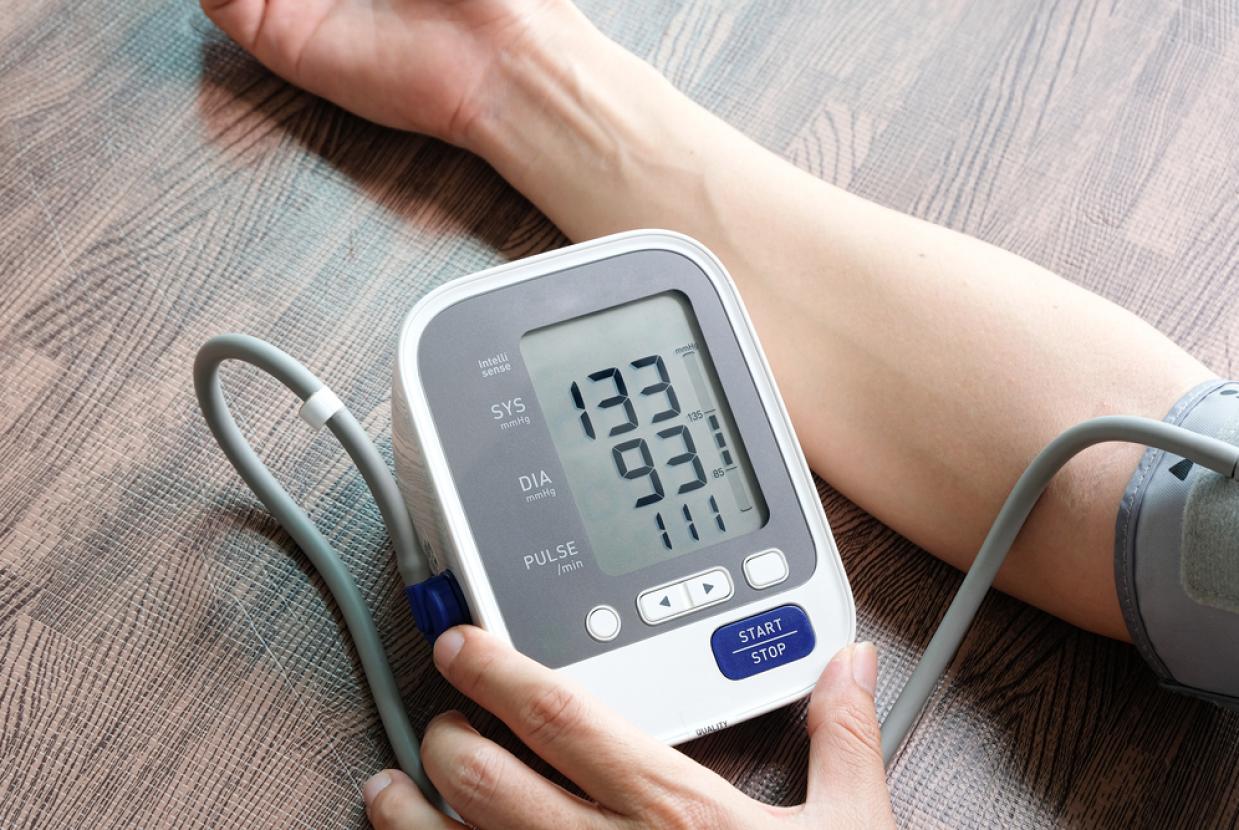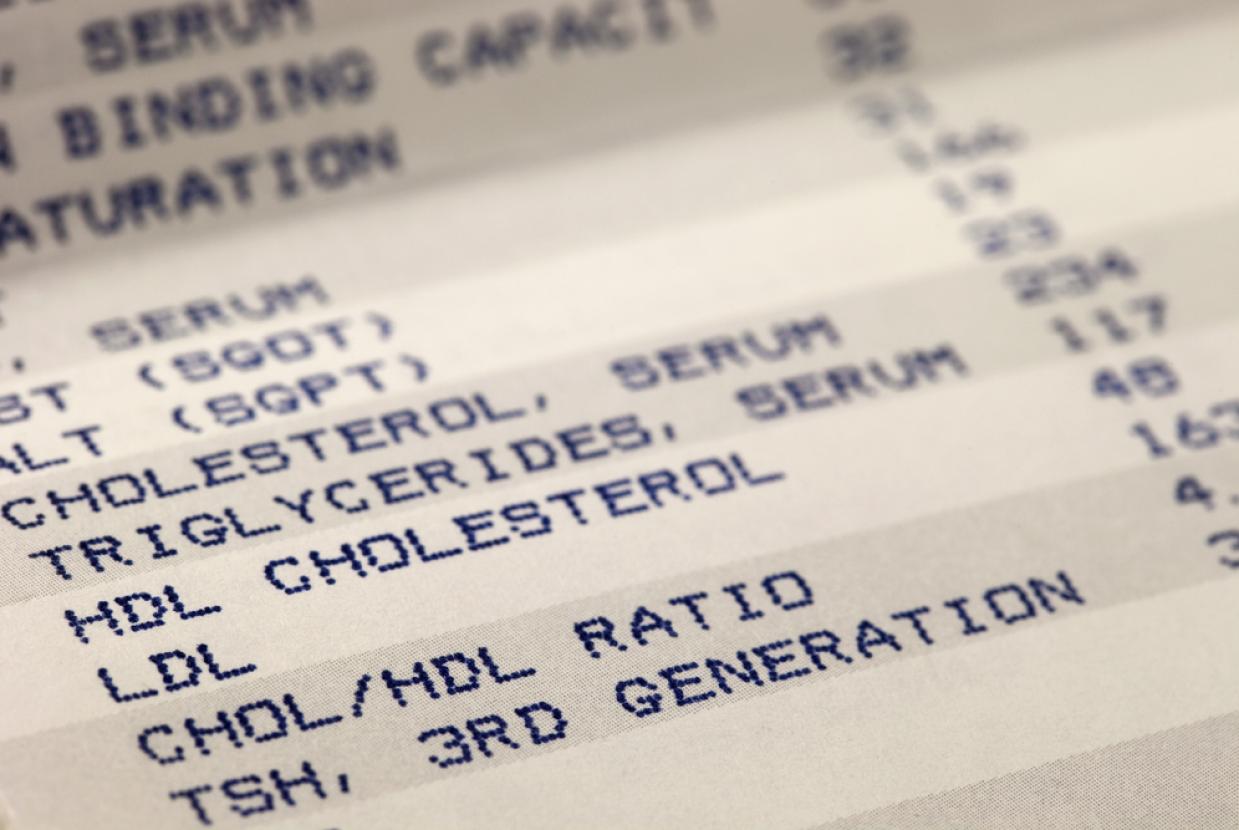International Day Of Yoga: How It Can Benefit You!
Heart HealthYoga can help you to cope with stress and improve wellbeing as well as helping develop flexibility, strength, balance and co-ordination. And it is suitable for most heart patients too, as Marie Toms explains.
Yoga originated in ancient India – the word yoga comes from Sanskrit and means ‘to join together.’ This is because it focuses on the joining together of mind, body and spirit through three main practices: postures, breathing and meditation.
Yoga is not a religion and although all practices have Sanskrit (an ancient Indian language) names, they also have English translations.
Benefits of yoga
Yoga is popular amongst people who want to relax or increase their flexibility. It can develop strength, balance and co-ordination.
Yoga has been shown to help with anxiety, stress and depression, conditions which affect many people who have suffered a cardiac event or have undergone cardiac surgery. If you have a heart condition, regularly practising yoga can be a way of helping to deal with stress and therefore helping you to cope with your condition. It can also help to increase feelings of wellbeing. Some people find it helps with depression.
Yoga can make people feel better about themselves, which may help recovery and help to provide the confidence and motivation to maintain regular yoga practise and to make other beneficial lifestyle changes, such as other forms of exercise, eating healthily or quitting smoking.
There is also some emerging research suggesting that it may also help to improve heart health, though evidence in this area is relatively limited.
The beneficial effects could be due to the combined effects of practising yoga postures (which work the muscles), breathing (which can bring more oxygen into the body and reduce blood pressure), and relaxation and meditation (which calm the sympathetic nervous system, which is responsible for the body’s fight-or-flight response to stress).
You might think of yoga in terms of contorting your body into pretzel shapes, but that’s not necessarily the case. You don’t have to do anything extreme and in fact it’s best not to strain yourself – the word asana (the Sanskrit term for yoga postures) means posture comfortably held.
And there’s a lot more to yoga than the physical poses. The mental aspects are important too. Breathing (pranayama), relaxation, meditation and imagery can be very beneficial and can help to relax the nervous system, calm the breathing and in some cases lower blood pressure.
Yoga does not count towards your recommended physical activity of 150 minutes moderate-intensity activity per week, as it is not an aerobic activity, so practising yoga is recommended as an additional activity not an alternative one.
Content sourced from the British Heart Foundation (bhf.org.uk).



